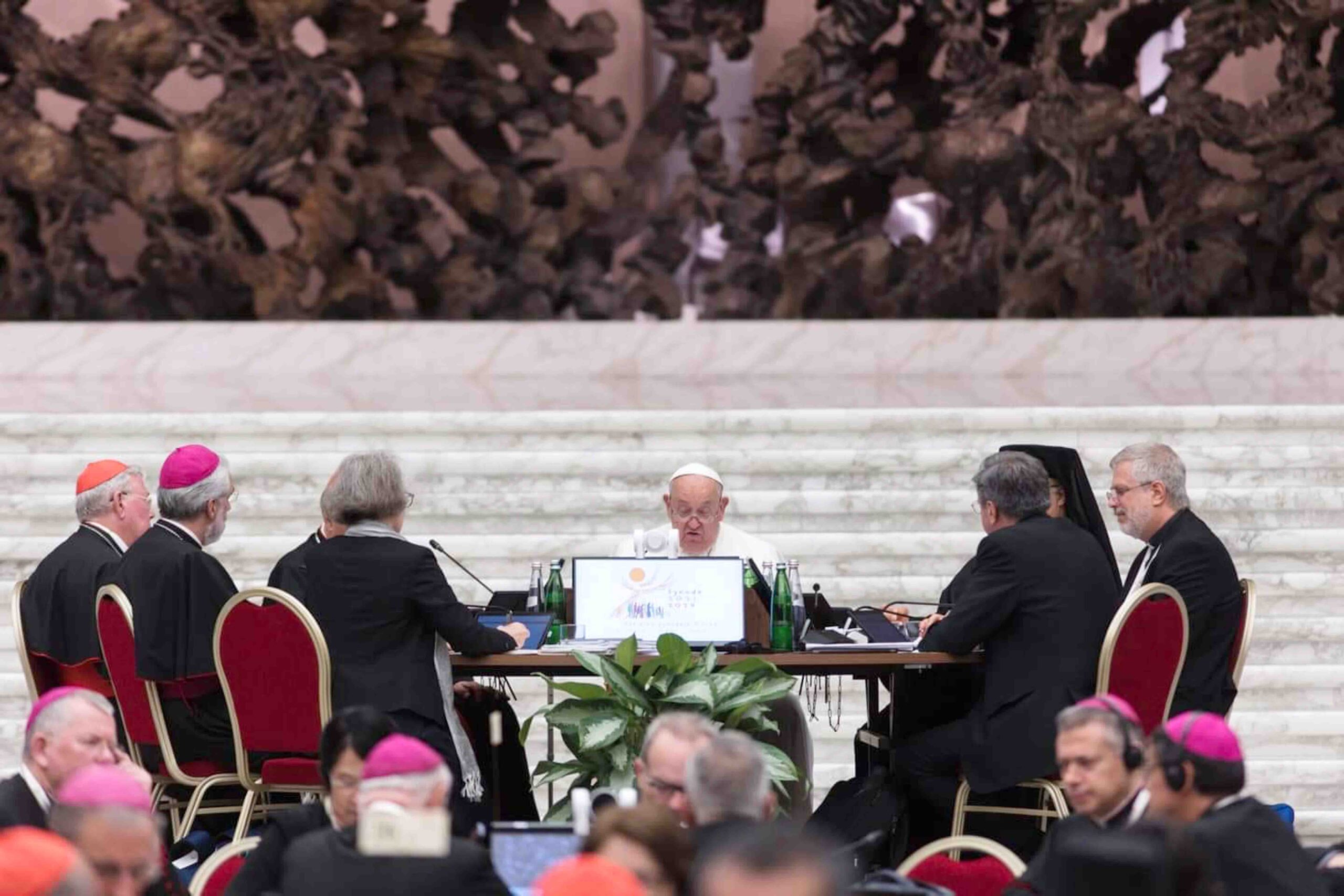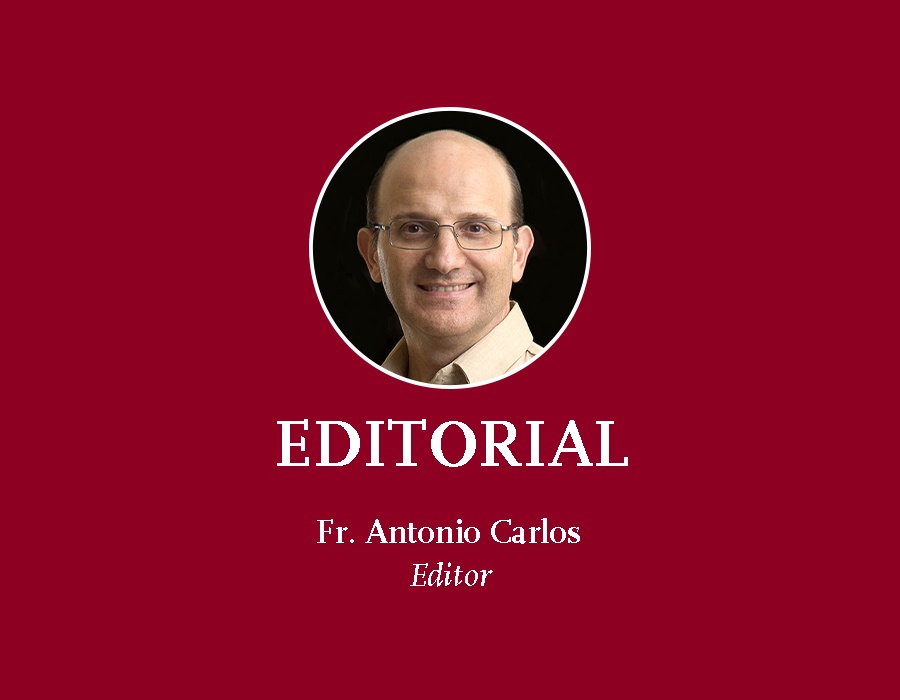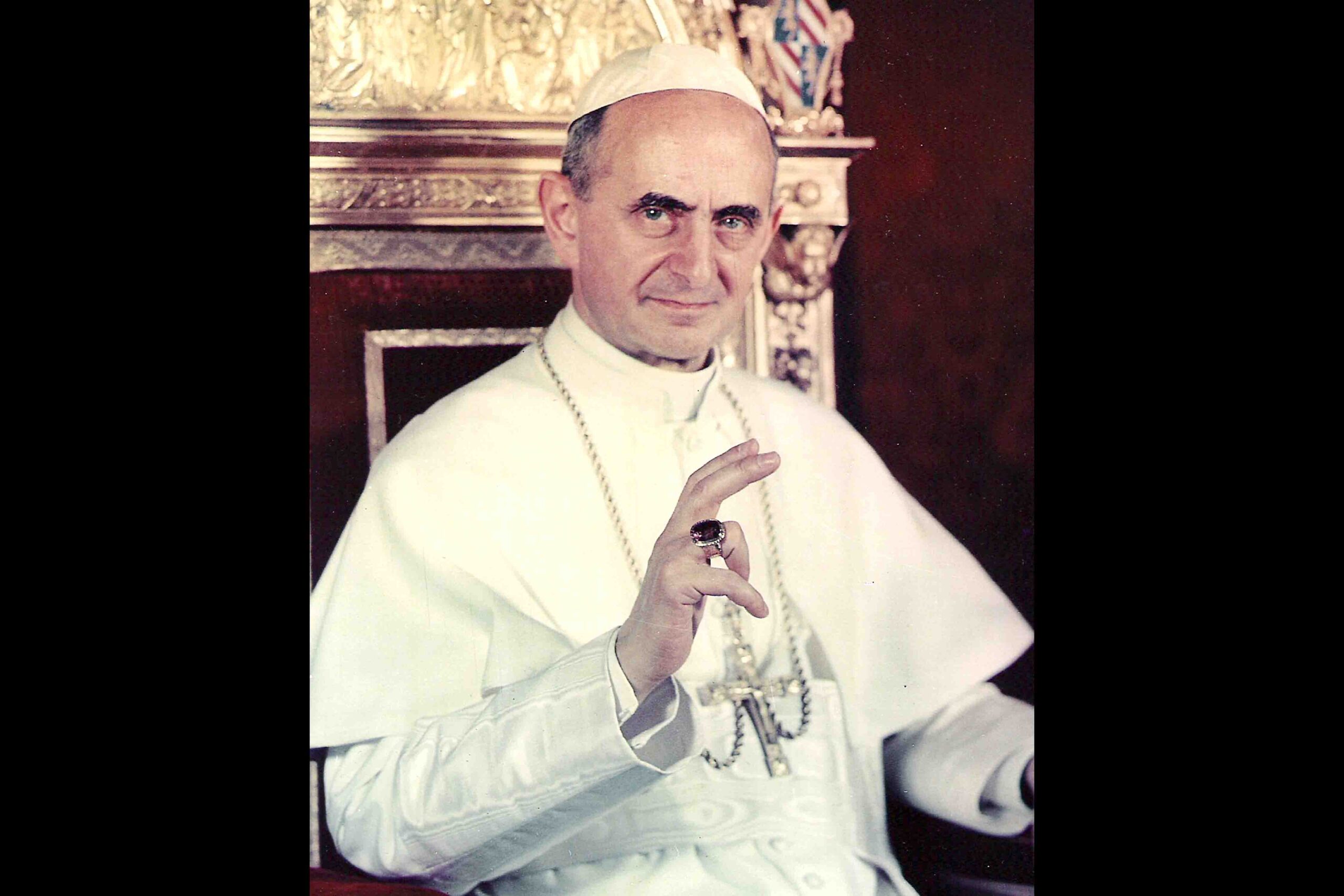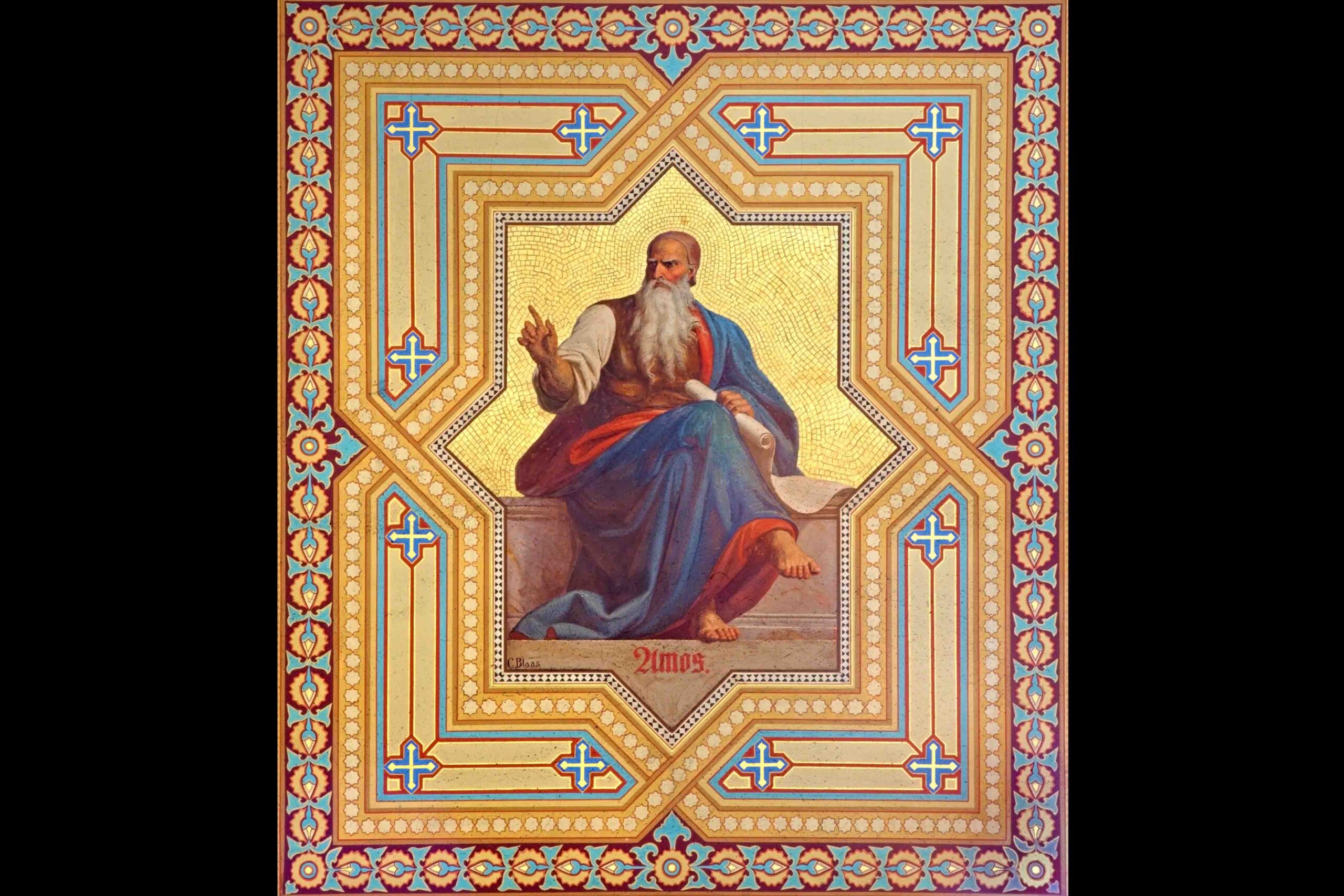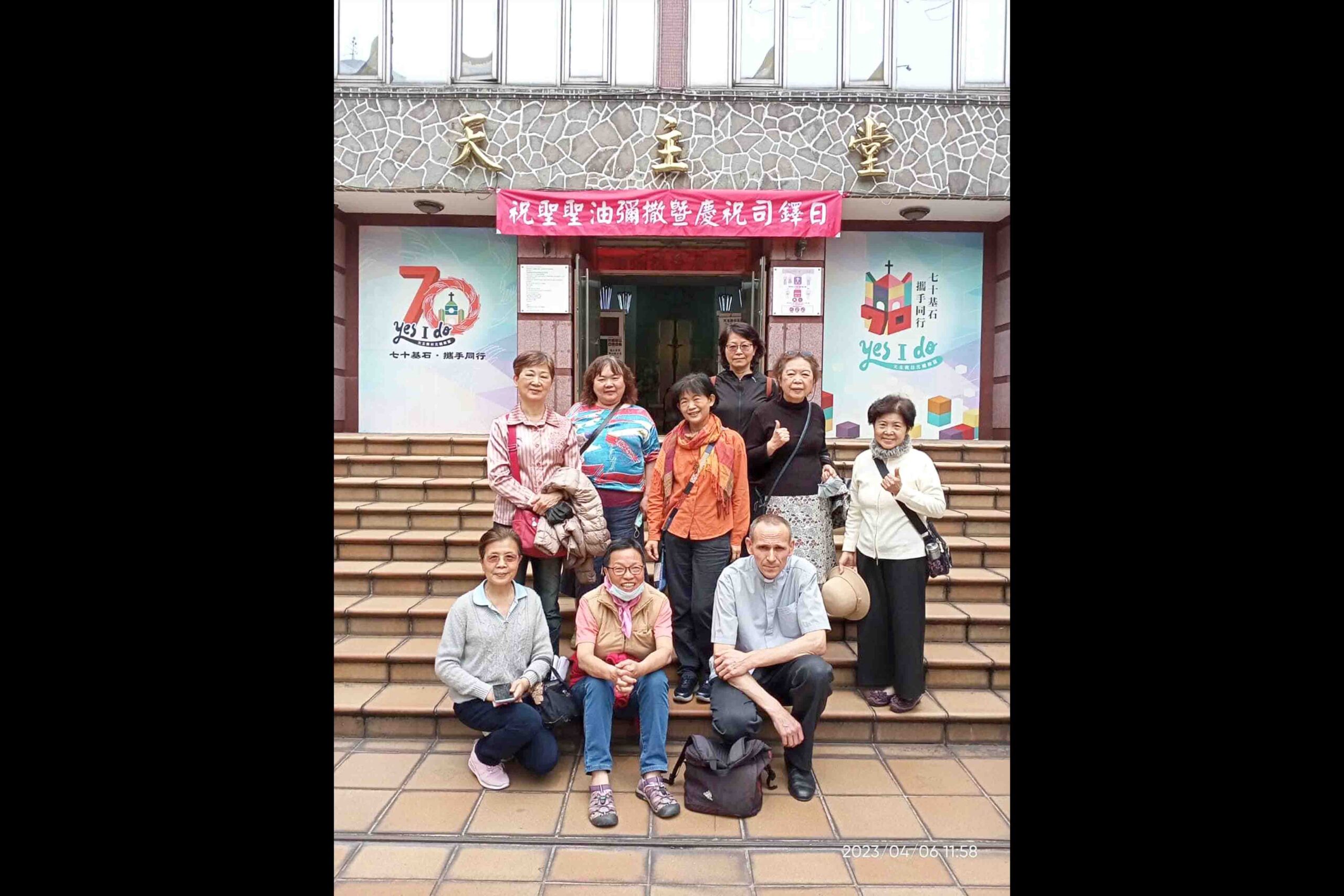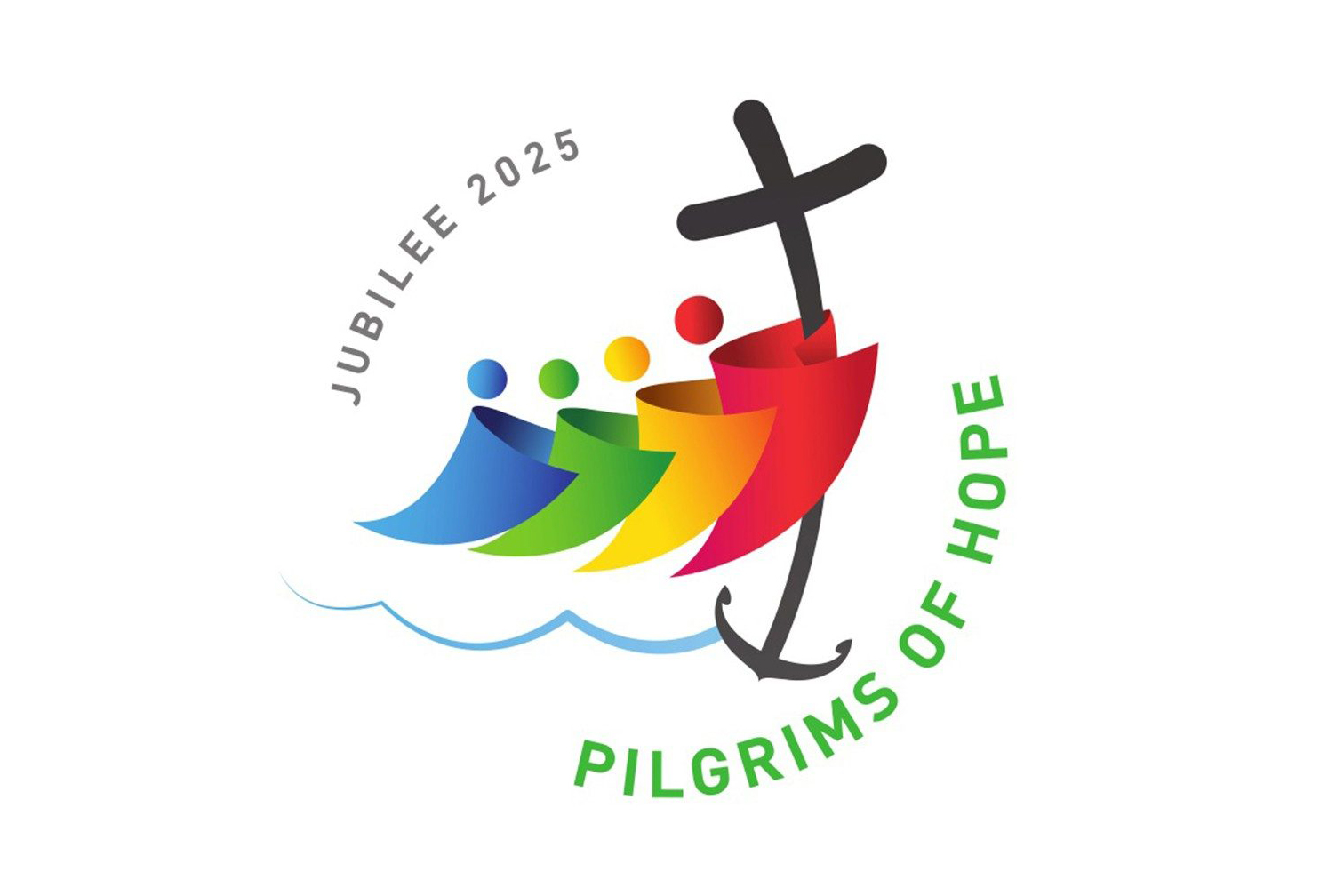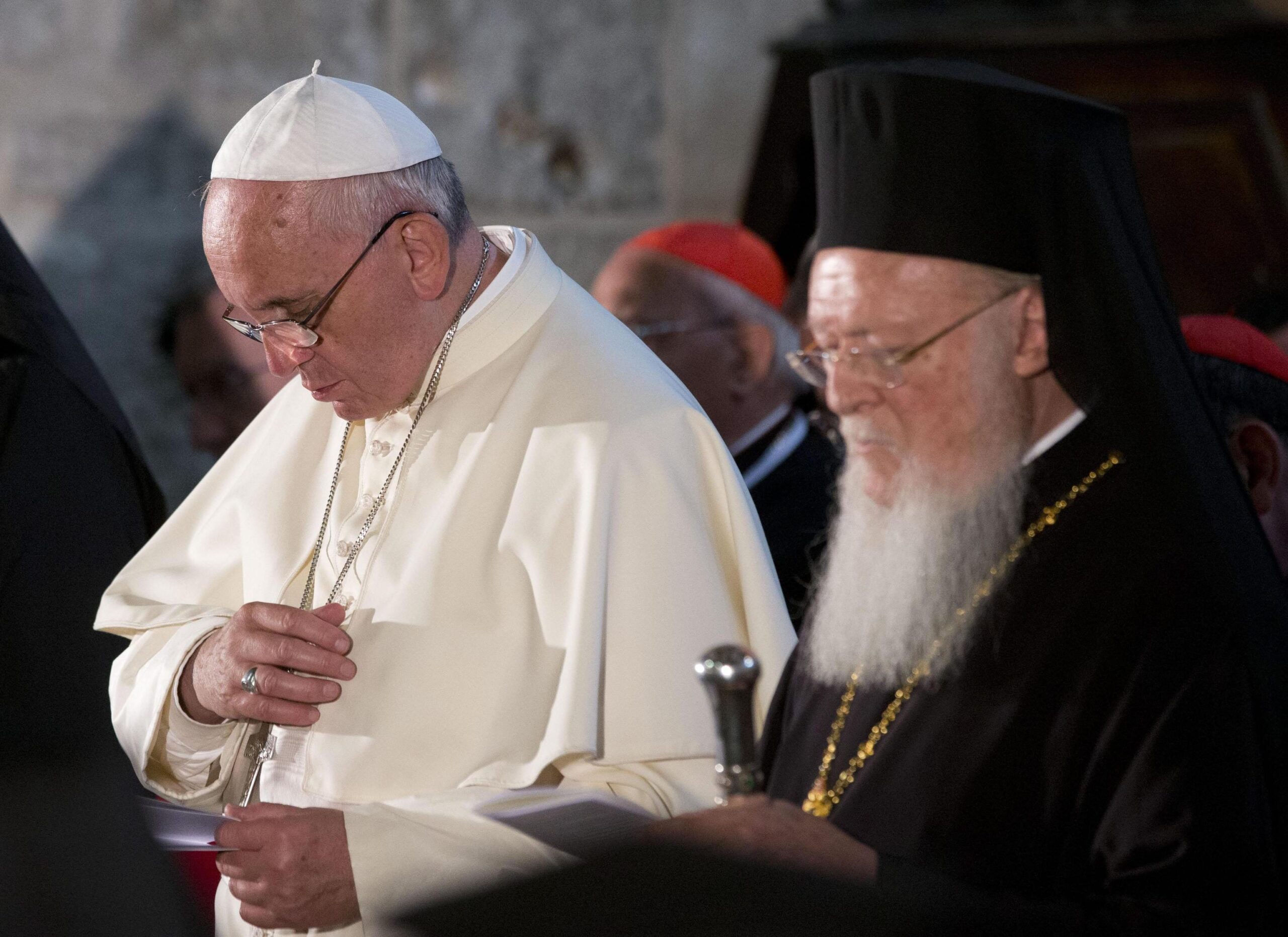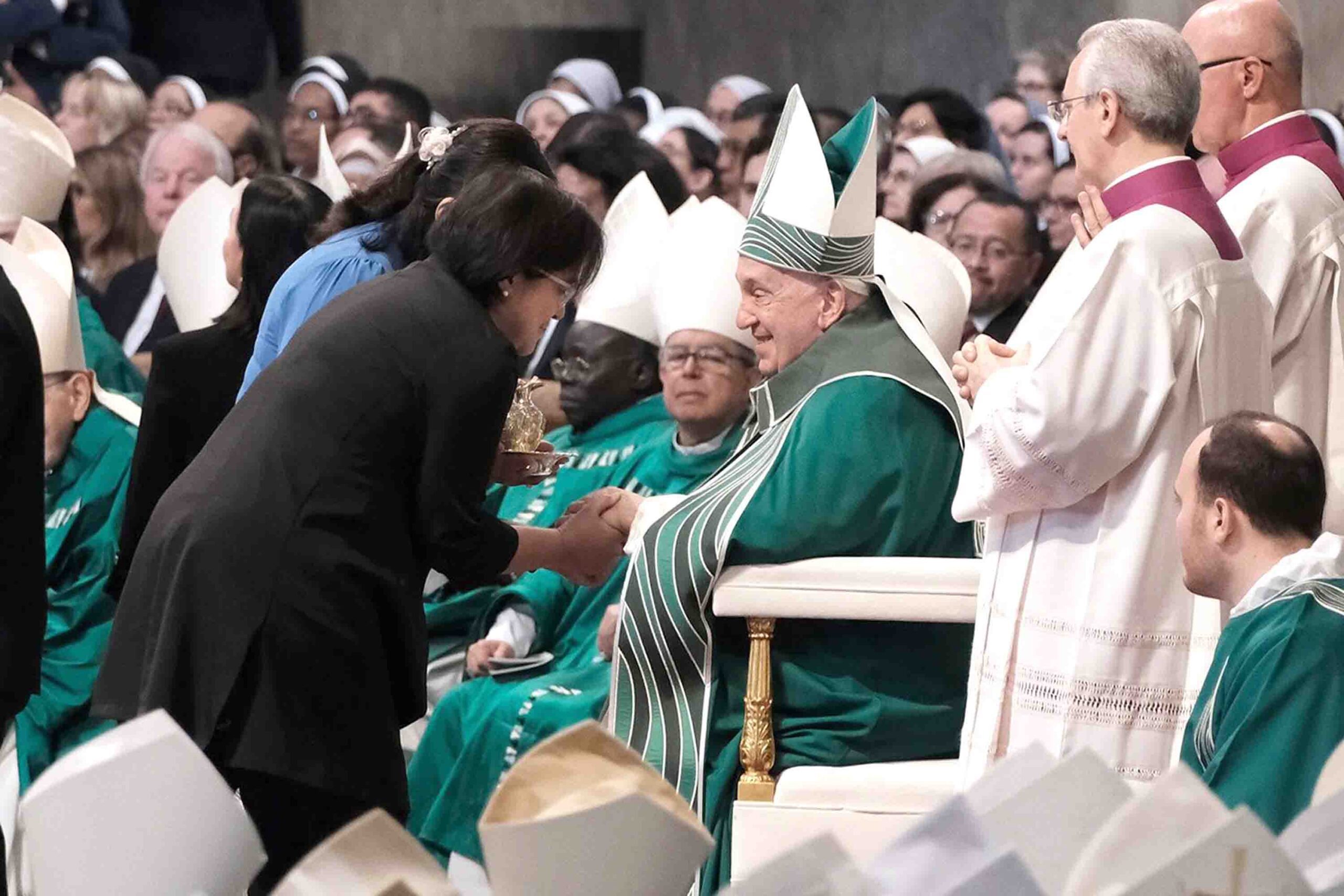In every age, God raises saintly popes who are Jesus-like servant leaders to others, all guiding stars in the Catholic firmament, and contemplative “men of courage” who blaze the trail to show the world the beautiful face of God.
Everyone is entitled to one’s own opinion in evaluating Pope Francis. In my case, and I can say this with conviction that, despite what others say and think, our Argentine Pope is leaving us a most beautiful legacy, a synodal legacy.
Since 2013, the world has witnessed one-of-a-kind leadership by example, and from this, under his revolutionary headship, a new model of being Church, a synodal-missionary model, is said to rise and shine. Francis is the first Jesuit pontiff to whom Christ entrusted the feeding of His sheep and lambs, and my personal study of him leads me to conclude that el Santo Padre de Argentina has gifted the Church with a most beautiful legacy.
The just concluded Synod of Bishops on Synodality (2021-2024), which is pneumatological, or a “Pentecostal event,” seals that legacy, for, as Pope Francis maintains, the Holy Spirit is “the heart of synodality, the driving force of evangelization.”
SYNODALITY IN THE EARLY CHURCH
Synodality is as old as the Church. From the first century, the Greek term synodos came to denote any kind of ecclesial assembly of walking, thinking, and praying together, finding its expression in the Synods of Bishops, diocesan synods, and diocesan and parish councils.
The “Council of Jerusalem” (cf. Acts 15:2-35) was the first and earliest synod–not an ecumenical council–presided over by St. Peter, which discussed the integration of the Jewish and Gentile believers in the one Christian community.
In his letter to the community in Ephesus, the second-century Patriarch of Antioch, St. Ignatius, wrote that all the members of the sessions were σύνοδοι, “companions on the journey,” by virtue of the dignity of baptism and not by virtue of ordination.
The third century Bishop of Carthage, Cyprian, formulated the earliest principle of synodality, saying that, while nothing should be done in the local Church without the bishop (nihil sine episcopo), it is equally true that nothing should be done without the council of the presbyters and deacons (nihil sine consilio vestro), or without the consensus of the people (et sine consensu plebis).
Take note of the difference between an ecumenical council and a synod. Because only the bishops (ordained episcopate) took part in all 21 ecumenical councils, ecumenical councils are not synods. In the history of the Church, it was mainly diocesan and provincial synods that shaped synodality, in which the whole community took part, each grouping in accordance with its respective role.
[The first synod in the Philippines, el Sinodo de Manila, was convened by the Spanish Bishop Domingo de Salazar, OP, in 1582.]
ST. PAUL VI’S REVIVAL OF THE SYNOD
It is said the Eastern Churches have always preserved synodality, while the Latin Church has lost it. For good reason, Vatican Council II sows the seed of synodality in the modern world rooted in the Sacred Tradition of the Church. We also recognize the efforts of St. Paul VI, who established the Secretariat for the Synod of Bishops in 1965.
Canonically (1983 Code of Canon Law), synods are synods of bishops. But historically, synods are not synods of the ordained or any official gathering of bishops to exercise their collegiality cum Petro et sub Petro, with and under the authority of the Pope. Francis exerts much effort to bring back to life the original concept of synodality, as the Church, while reading the signs of the times, increasingly realizes that synodality is a path, illuminated by the Word and inspired by the Holy Spirit, for the entire People of God.
POPE FRANCIS CHANGES THE SYNODAL PROCESS
The Church learns to consult and converse with as many people as possible without leaving anyone behind. The process of doing this is most engaging, for it involves not only bishops but also priests, religious, the laity, including women and youth, and those people in the existential peripheries. In this sense, the Synod on Synodality is radical.
In synodality, the Holy Father defines the Church not in terms of ecclesiastical structure but as “the People of God together” in complementarity and reciprocity, lending ears to everyone because everyone has something to say.
Does the Pope promote the broadest participation possible in the most essential processes of synodality: Ecclesial discernment, decision-making, and systems involving accountability and evaluation? Yes, he does.
In my honest opinion, the Synod on Synodality (2021-2024) begins our journey towards an authentic synodal-missionary Church. In the mind of Pope Francis, it is very clear that being missionary and synodal–with the entire future.
José Mario Bautista Maximiano is the author of the forthcoming Church Reforms 3: The Synodal Legacy of Pope Francis (Claretian, 2025). Email: jomaximiano@gmail.com

